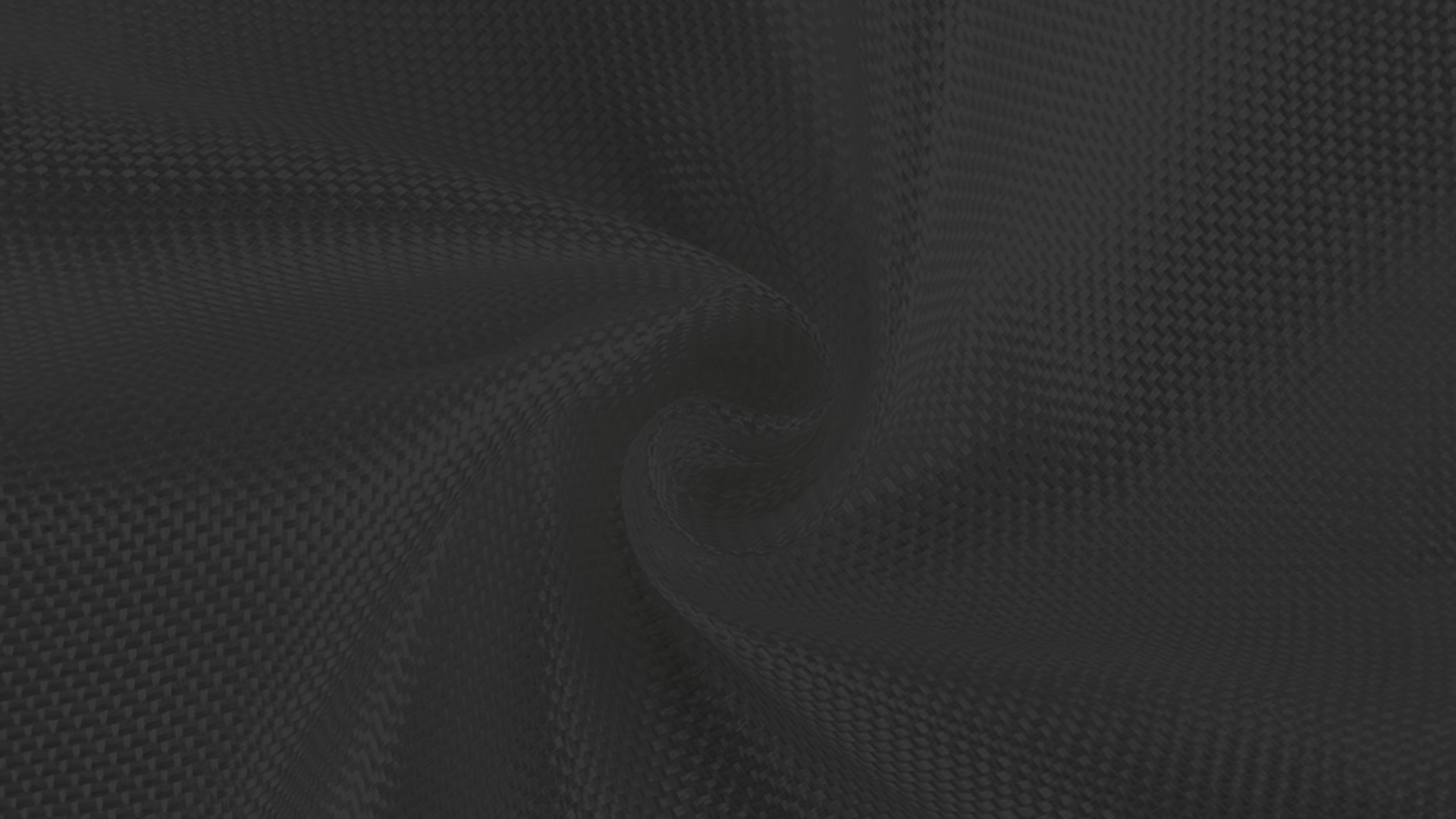Fiberglass is a widely used material in various industries due to its exceptional properties, such as lightness, corrosion resistance, and high mechanical strength. In this comprehensive guide, we will detail the process of manufacturing fiberglass parts, covering everything from material selection to final finishing steps.
Material Selection
Proper material selection is crucial to ensuring the quality of fiberglass parts.
The main components used are:
Resin
Resin is the component that binds the fiberglass and defines many of the final properties of the part. There are several types of resins, including polyester, epoxy, and vinyl ester. Each type has its own characteristics and is chosen according to the final application of the part.
Fiberglass
Fiberglass is available in various forms, such as fabrics, mats, and roving. The choice of fiber type depends on the mechanical and structural requirements of the part to be manufactured.
Catalysts and Accelerators
These additives are essential for initiating and controlling the curing process of the resin. The correct choice of catalysts and accelerators directly influences the curing speed and the final properties of the part.
Mold Preparation
Mold preparation is a fundamental step to ensure the precision and quality of fiberglass parts. The mold can be made from various materials, such as aluminum, wood, or even other fiberglass parts.
Release Agents
To prevent the final part from sticking to the mold, release agents are used, which can be waxes, plastic films, or chemical release agents. Proper application of the release agent is essential for the integrity of both the part and the mold.
Mold Coating
Before starting the lamination, the mold is coated with a layer of gelcoat, which provides a smooth surface and protects the final part against moisture and chemicals.
Lamination Process
Lamination is the heart of the fiberglass parts manufacturing process. It can be performed in several ways, depending on the complexity of the part and the type of resin used.
Hand Lay-Up
In hand lay-up, fiberglass is laid into the mold and impregnated with resin using rollers or brushes. This method is ideal for parts with lower complexity and small-scale production.
Vacuum Infusion
Vacuum infusion is a more advanced method where the resin is drawn through the fiberglass using negative pressure. This process ensures better impregnation of the fibers and reduces the number of air bubbles, resulting in stronger and lighter parts.
Pultrusion
Pultrusion is a continuous process where fiberglass is impregnated with resin and pulled through a heated mold. This method is ideal for manufacturing long parts with a constant cross-section, such as profiles and rods.
Lamination with Roving Choppers and Other Machines
In this process, fiberglass in the form of roving is cut into specific lengths using roving cutters. These fibers are then evenly distributed in the mold. The use of automated machines to cut and distribute the fiberglass ensures greater precision and superior production efficiency. Additionally, other machines, such as automatic resin applicators and laminators, are used to impregnate the fibers with resin uniformly, improving the quality and consistency of the manufactured parts.
Curing
Curing is the process by which the resin hardens and acquires its final properties. The curing temperature and time vary depending on the type of resin used:
Ambient Temperature Curing
For cold-curing resins, the part is left to rest at ambient temperature until it reaches the desired hardness. This method is simpler and more economical but may take longer.
Oven Curing
To speed up the curing process, the part can be placed in an oven. Precise temperature control of the oven is essential to avoid deformations and ensure uniform curing.
Finishing
After curing, fiberglass parts go through several finishing steps to meet the desired specifications.
Demolding
The part is carefully removed from the mold using appropriate tools to avoid damage.
Trimming and Deburring
The edges and burrs of the part are trimmed to achieve the exact dimensions. Tools such as saws and deburrers are used in this step.
Sanding and Polishing
Sanding removes surface imperfections and prepares the part for final finishing. Polishing is done to obtain a smooth and shiny surface.
Painting and Coating
Depending on the application, the parts may receive special paints or additional coatings to improve weather and chemical resistance.
Quality Control
Quality control is a vital part of the fiberglass parts manufacturing process. Each part is meticulously inspected to ensure it meets the required standards.
Visual Inspection
The presence of bubbles, delaminations, and other surface defects is checked.
Mechanical Tests
The parts are subjected to tensile, compression, and flexural tests to ensure they have the necessary strength.
Non-Destructive Testing
Methods such as ultrasound and X-ray are used to detect internal defects that are not visible to the naked eye.
Applications of Fiberglass Parts
Fiberglass parts are used in a wide variety of industries, including:
Automotive Industry
Components such as bumpers, hoods, and body panels are often made of fiberglass due to its lightness and strength.
Construction Industry
Fiberglass is used in structures, coverings, tanks, and pipes, providing durability and corrosion resistance.
Marine Industry
Boats, surfboards, and kayaks are commonly made of fiberglass, taking advantage of its water resistance and lightness.
Aerospace
The lightness and strength of fiberglass make it ideal for aircraft and spacecraft components.
Wind Energy
Wind turbine blades are often made of fiberglass, taking advantage of its strength and flexibility.
Sustainability in Fiberglass Production
Sustainability is a growing concern in the manufacturing of fiberglass parts. Efforts are being made to reduce the environmental impact of the production process.
Waste Recycling
Fiberglass production waste is recycled whenever possible. Fiberglass and resins can be reused in new products.
Use of Sustainable Materials
The development of eco-friendly resins and natural fibers is underway to replace traditional materials.
Emission Reduction
More efficient manufacturing processes are being implemented to reduce emissions of gases and volatile organic compounds (VOCs).
Conclusion
The process of manufacturing fiberglass parts is complex and involves several critical steps, from material selection to final quality control. A detailed understanding of each step is essential to ensure the production of high-quality parts that meet the specific needs of each application. With continuous advancements in materials and processes, fiberglass will remain a valuable material in various industries, contributing to innovation and sustainability.




